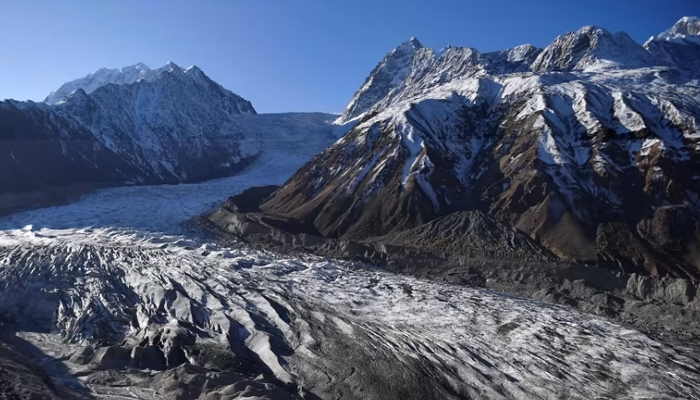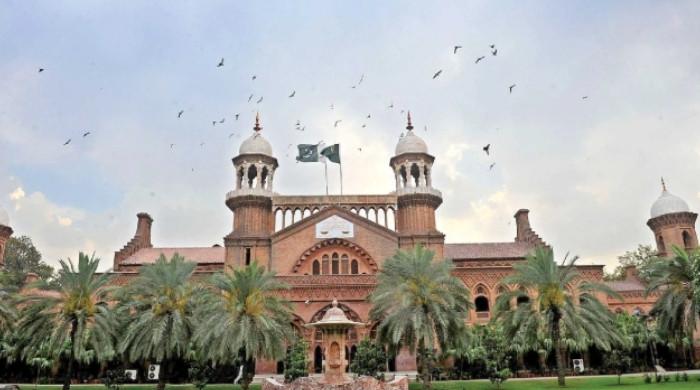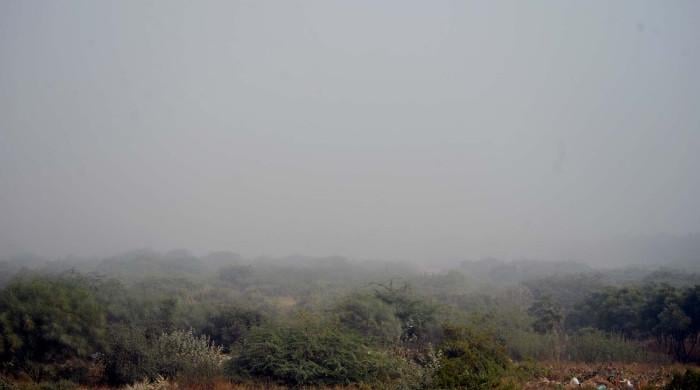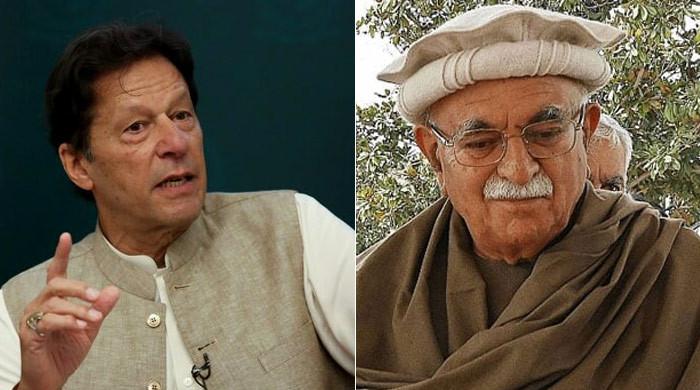Karachi will be ‘more vulnerable’ to flooding, erosion due to global warming: report
Global warming impacts on the glaciers in the Hindu Kush region are "unprecedented and largely irreversible"
June 20, 2023

- Report mentions region lost 65% glaciers in 2010s.
- 30% to 50% of glacial ice to be lost by 2100 at 1.5℃ of heat.
- Karachi will be more vulnerable to flooding and erosion.
The impacts of global warming on the glaciers, snow, and permafrost in the Hindu Kush Himalayan (HKH) region, including those in Pakistan, are "unprecedented and largely irreversible," a significant assessment by an eight-nation organisation, a report said Monday.
In the report, the International Centre for Integrated Mountain Development (ICIMOD) said Pakistan's glaciers are losing mass at an alarming rate and the country’s coastline is projected to rise continuously over the next decade which will make Karachi more vulnerable to flooding and erosion.
Meanwhile, those across the HKH region can lose up to 80% of their present volume, the report mentioned.
"This is due to a combination of factors, including rising temperatures and changes in precipitation patterns," ICIMOD mentioned in its assessment.
The report said that the loss of glaciers was 65% rapid in the 2010s in comparison to the 2000s in HKH.
The region is expected to lose 30% to 50% of glacial ice by 2100 at 1.5℃ of heat, while it will likely hit 'peak water' by mid-century, which will be followed by shortages.
The organisation added that these changes could lead to a decrease in water availability and an increase in flooding and landslides.
Meanwhile, Pakistan is also projected to experience an uncertain increase in precipitation in the near future.
The assessment most importantly mentioned that the country will expect more intense rainfall events and a potential shift in the seasonal availability of rainfall.
As far as the rise in sea level is concerned, the assessment mentioned that Pakistan's coastline is projected to rise continuously over the next decades. This would also be due to an increased contribution of meltwater.
"This means that coastal areas, including its biggest city, Karachi, will be more vulnerable to flooding and erosion," it added.
“We’re losing the glaciers, and we’re losing them in 100 years’ time,” said Philippus Wester, an environmental scientist and ICIMOD fellow who was the lead author of the report.
The Hindu Kush Himalaya stretches 3,500 km (2,175 miles) across Afghanistan, Bangladesh, Bhutan, China, India, Myanmar, Nepal and Pakistan.
At 1.5℃ or 2℃ of warming above preindustrial temperatures, glaciers across the entire region will lose 30% to 50% of their volume by 2100, the report said.
But where glaciers will melt most depends on location. At 3℃ of warming — what the world is roughly on track for under current climate policies — glaciers in the Eastern Himalaya, which includes Nepal and Bhutan, will lose up to 75% of their ice. At 4℃ of warming, that ticks up to 80%.
The full picture
Scientists have struggled to assess how climate change is affecting the Hindu Kush Himalaya. Unlike the European Alps and North America’s Rocky Mountains, the region lacks a long historical record of field measurements that reveal whether glaciers are growing or shrinking.
“There was always some uncertainty in the Himalaya — are they really melting?”, said Wester.
In 2019, the United States declassified spy satellite images of the region’s glaciers dating back to 1970, providing a new scientific baseline.
Further advances in satellite technology in the past five years, alongside bolstered field efforts, have buoyed scientists’ understanding of the changes underway. The report draws on data running through December 2022.
“While the knowledge of the Himalayan glaciers is still not as good as the Alps, it’s now comparable to other regions like the Andes,” said Tobias Bolch, a glaciologist with Graz University of Technology in Austria unaffiliated with the report.
Compared with a 2019 ICIMOD assessment of the region, “there’s a much higher level of confidence now in these findings,” said Wester. “We have a better sense of what the loss will be through to 2100 at different levels of global warming.”
Livelihoods at risk
With this newfound understanding comes grave concern for the people living in the Hindu Kush Himalaya.
The report found water flows in the region’s 12 river basins, including the Ganges, Indus, and Mekong, are likely to peak around mid-century, with consequences for the more than 1.6 billion people who depend on this supply.
"While it may sound like we'll have more water because glaciers are melting at an increased rate ... too frequently it will arise as floods instead of a steady flow," said Wester. Past peak water, supplies will eventually dwindle.
Many high mountain communities use glacial water and snowmelt to irrigate crops. But the timing of when snow falls has become more erratic, and there’s less than there used to be.
“We’ve had … huge numbers of yak deaths because during summer they go to higher pastures,” said report co-author Amina Maharjan, a senior specialist in livelihoods and migration at ICIMOD. If the snow falls too soon, “the entire area is covered in snow and they don’t have grass to graze”.
People are now moving away from mountain communities to earn income elsewhere, she said.
Melting glaciers also pose a danger to downstream communities. Runoff pools in shallow lakes, held back by rocks and debris. The risk comes when a lake overfills, bursting through its natural barrier and sending a torrent of water rushing down mountain valleys.
Governments are trying to prepare for these changes. China is working to shore up the country’s water supplies. And Pakistan is installing early warning systems for glacial lake outburst floods.
— Additional input by Reuters









